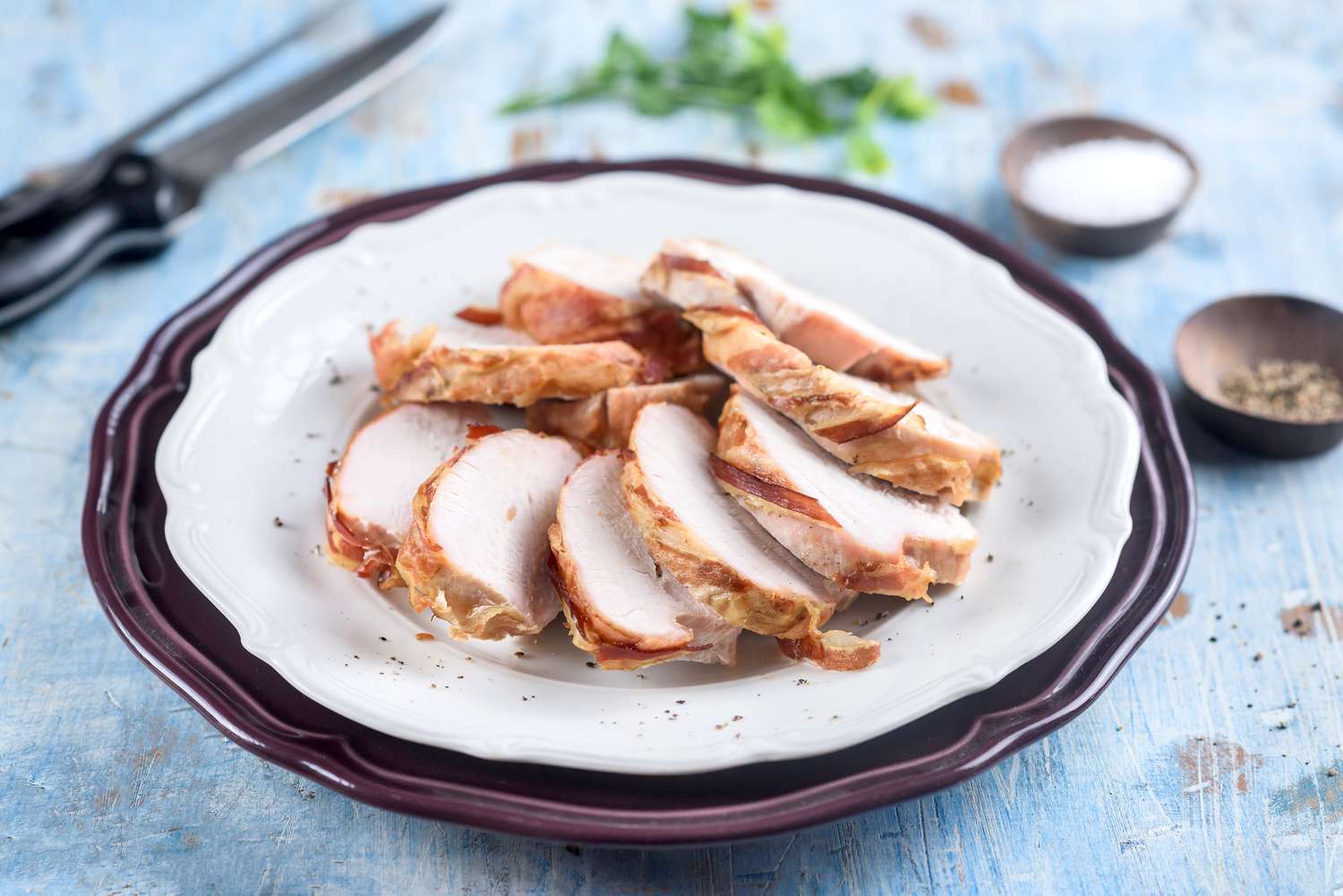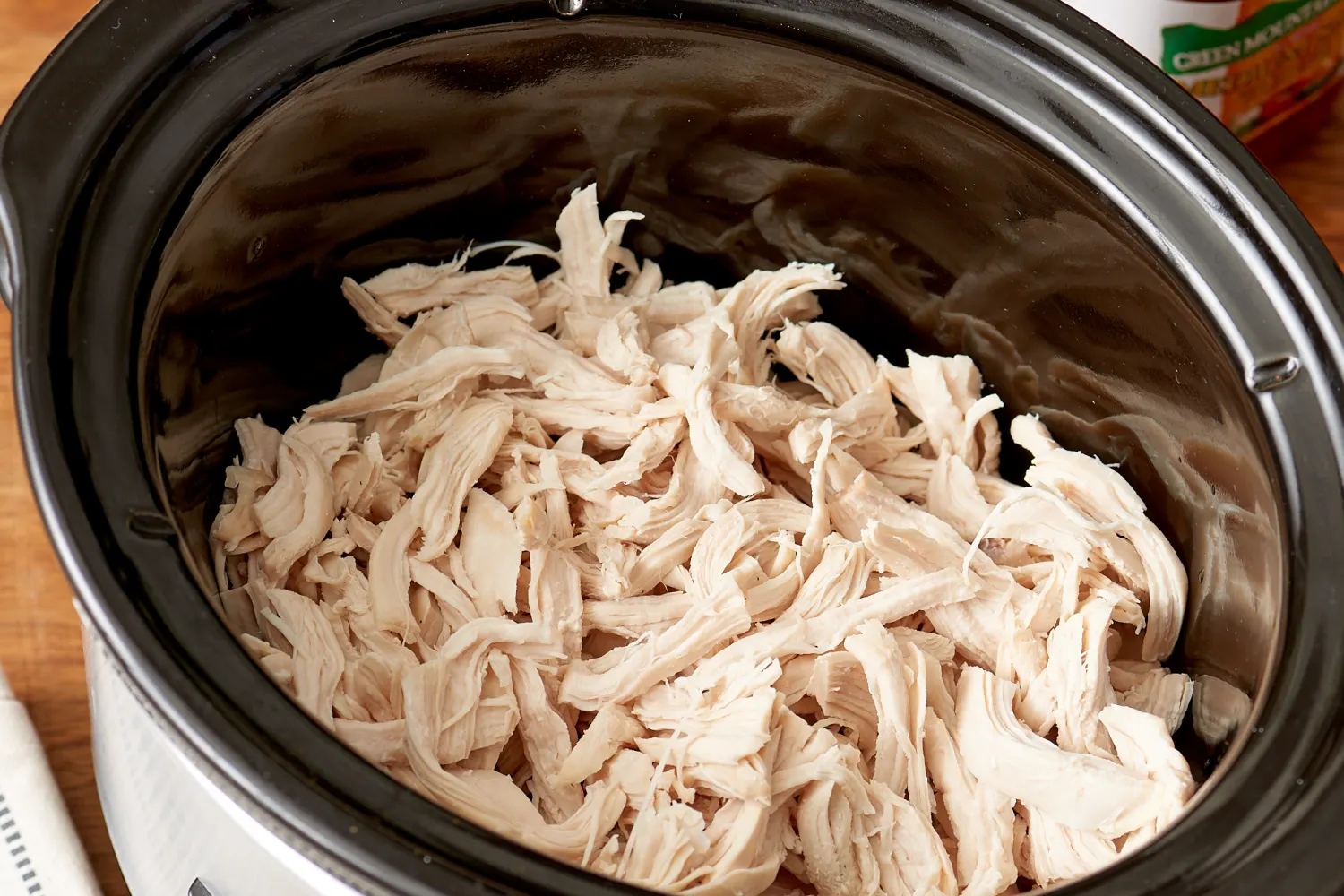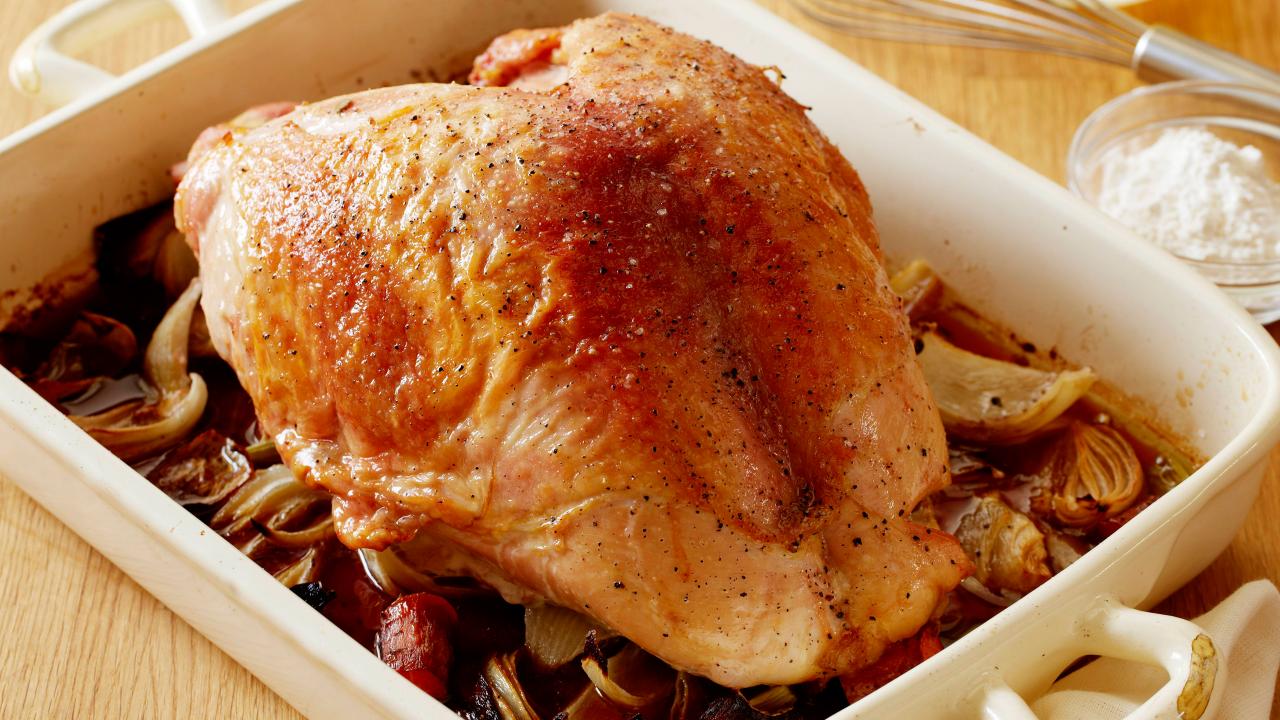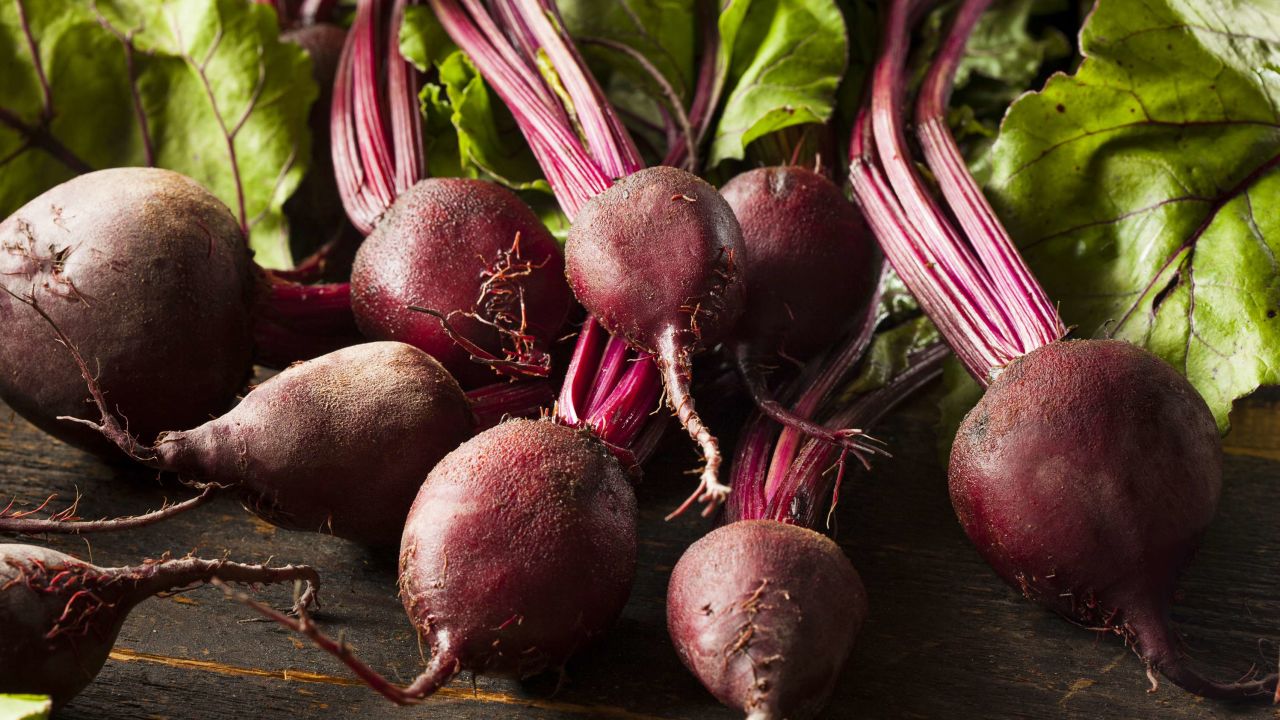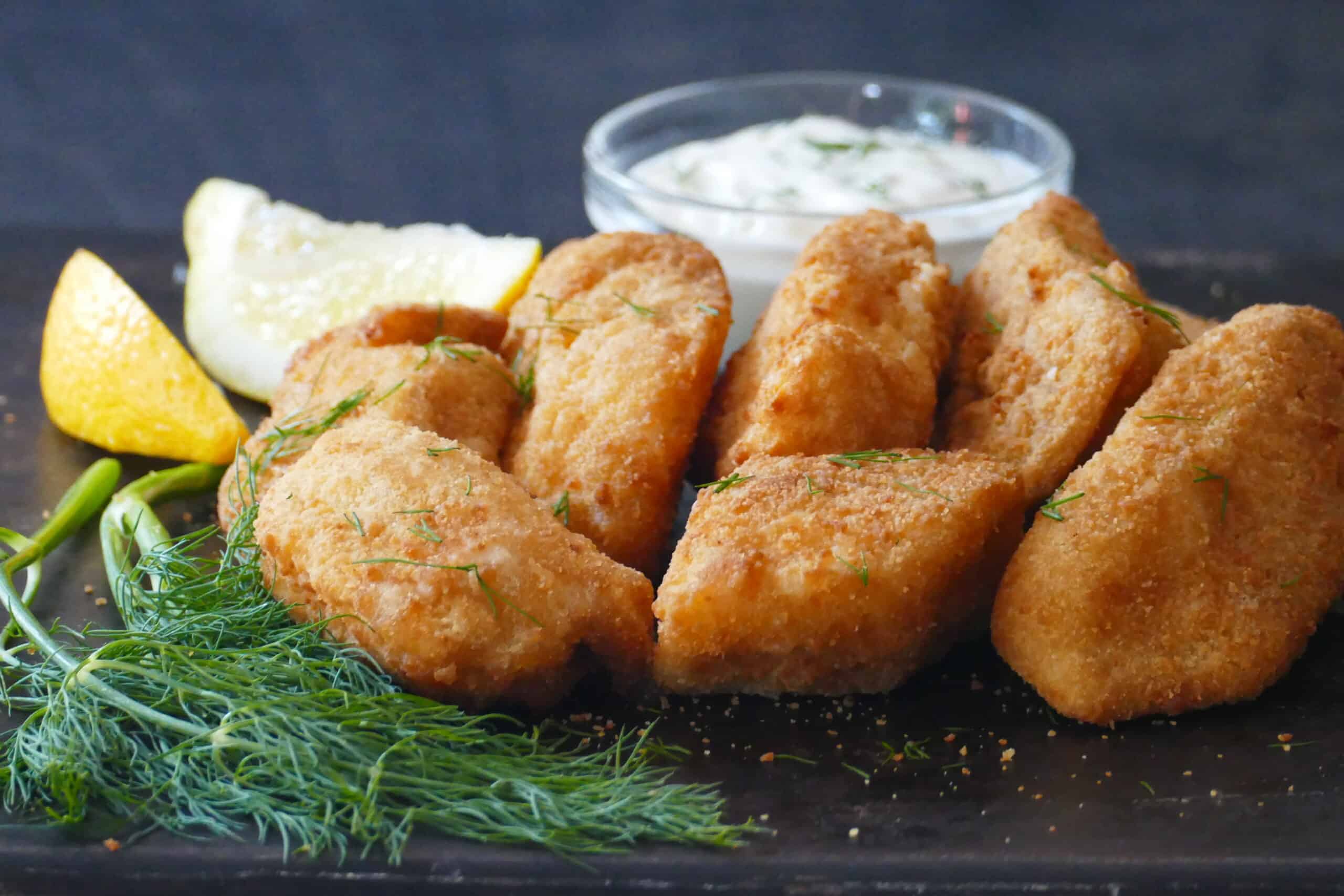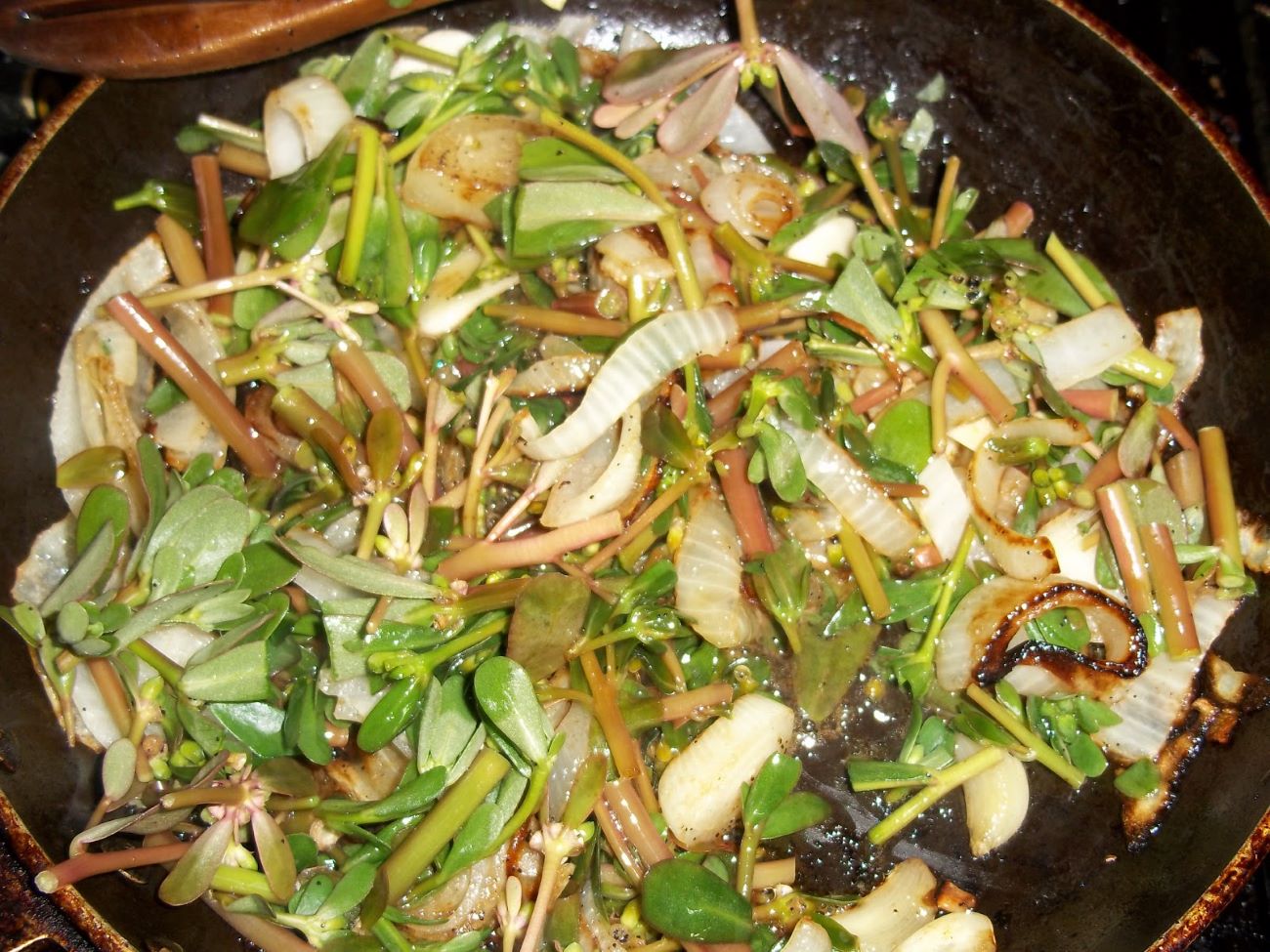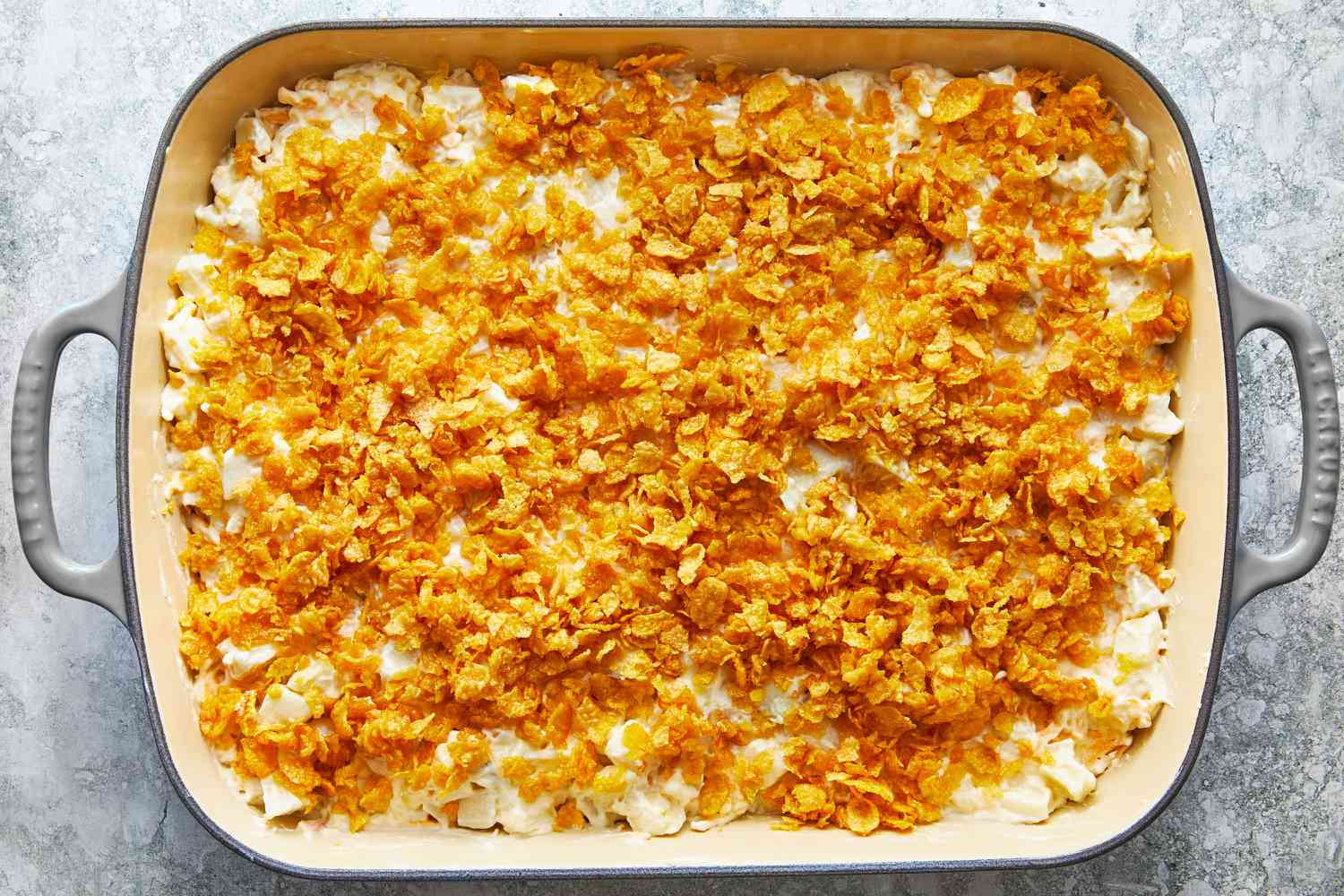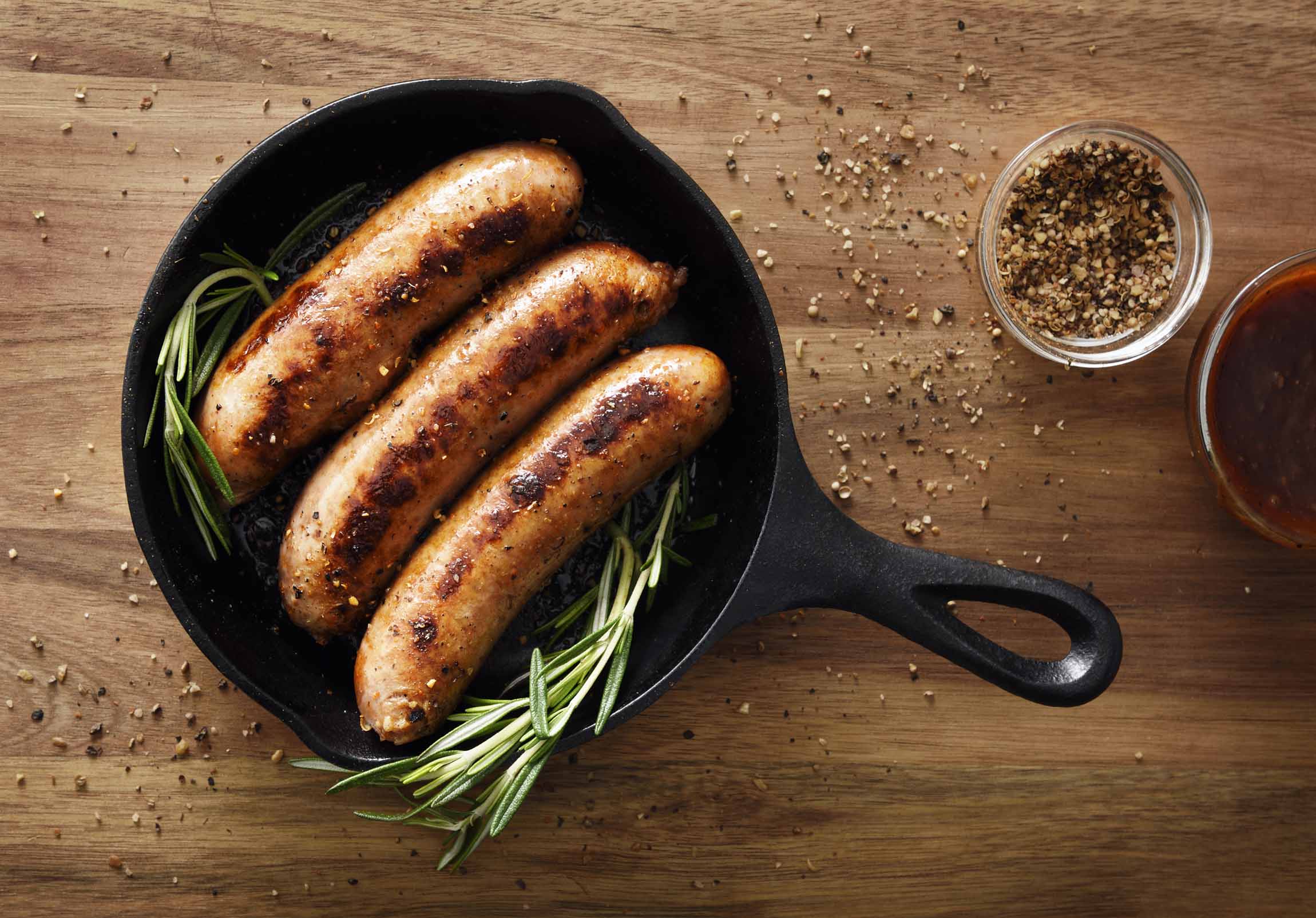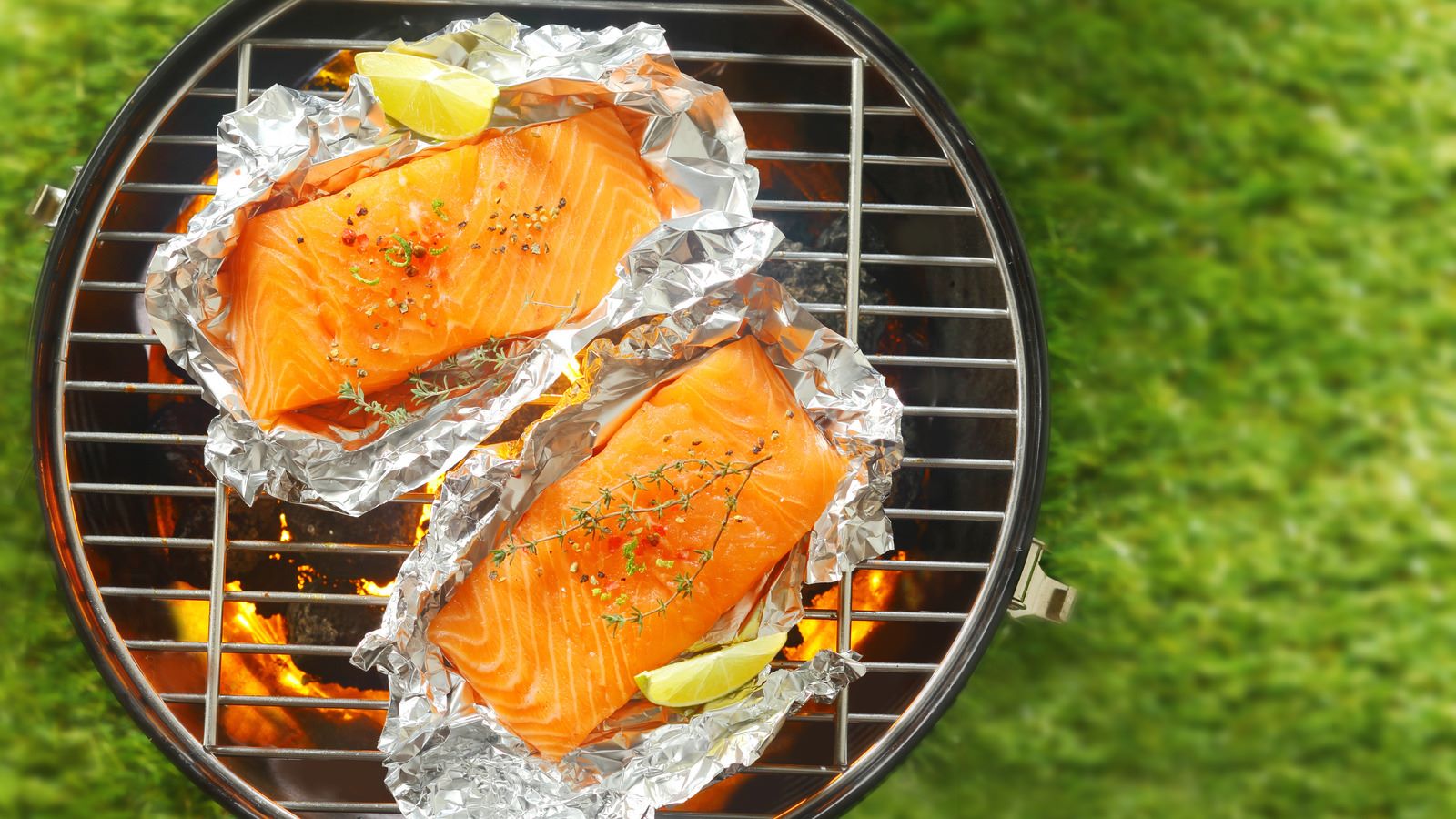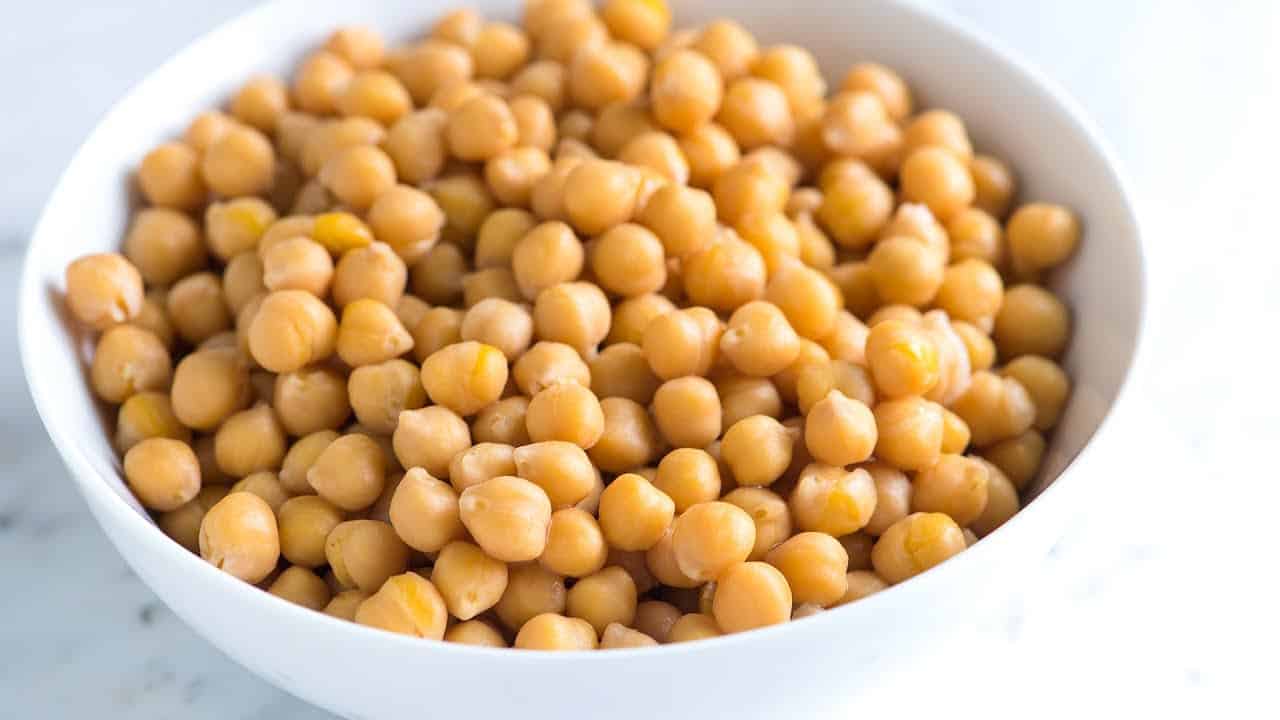Unlock the Flavors: Cooking with Wine
Wine is not just for sipping and enjoying with a meal. It can also be a secret ingredient that can elevate your cooking to new heights. Whether you’re a novice or an experienced cook, incorporating wine into your recipes can add depth, complexity, and a touch of elegance to your dishes.
Why Cook with Wine?
Using wine in cooking has been a long-standing tradition in many cuisines around the world. Not only does it add flavor, but it also helps tenderize meat, deglazes pans, and enhances the overall taste of your dishes. Wine acts as a flavor enhancer, bringing out the natural flavors of the ingredients and infusing them with its own unique characteristics.
Choosing the Right Wine
When it comes to cooking with wine, it’s essential to choose the right one. The general rule of thumb is to cook with a wine that you would also enjoy drinking. Look for wines that are dry, meaning they have little to no residual sugar. Dry white wines, such as Sauvignon Blanc or Chardonnay, work well in light sauces, seafood dishes, and creamy pastas. On the other hand, robust red wines like Merlot or Cabernet Sauvignon are perfect for hearty stews, red meat, and rich tomato-based sauces.
Best Practices for Cooking with Wine
- Always cook with wine that is of good quality. Avoid using wines that have gone bad or are past their prime.
- Use wine moderately. Too much can overpower the other flavors in your dish.
- Add wine early in the cooking process to allow the alcohol to evaporate and the flavors to meld together.
- Don’t just stick to traditional recipes. Experiment with different wine varieties to create unique and exciting flavor combinations.
- Remember that not all dishes benefit from wine. Delicate flavors like fish or lighter salads may not pair well with the strong flavors of wine.
Popular Wine-infused Recipes
Now that you understand the basics of cooking with wine, let’s explore some popular recipes that incorporate this delightful ingredient:
- Coq au Vin – This classic French dish features chicken cooked in red wine, mushrooms, onions, and herbs, resulting in a rich and flavorful meal.
- Red Wine Risotto – Replace the traditional white wine in risotto with red wine to add depth and a gorgeous color to this comforting dish.
- Mussels in White Wine Sauce – Steam fresh mussels in a fragrant broth made with white wine, garlic, shallots, and parsley for a delicious seafood treat.
- Beef Bourguignon – Another French dish, this slow-cooked beef stew is braised in red wine, creating a hearty and tender dish that is perfect for colder months.
- Wine-Poached Pears – Simmer pears in a sweet red wine syrup with spices like cinnamon and star anise for a simple yet elegant dessert.
Remember, cooking with wine is all about experimenting, having fun, and unleashing your creativity in the kitchen. So grab a bottle of your favorite wine, uncork it, and let it add its magic to your culinary creations. Cheers to cooking with wine!
Was this page helpful?
Read Next: Curry Around The World
